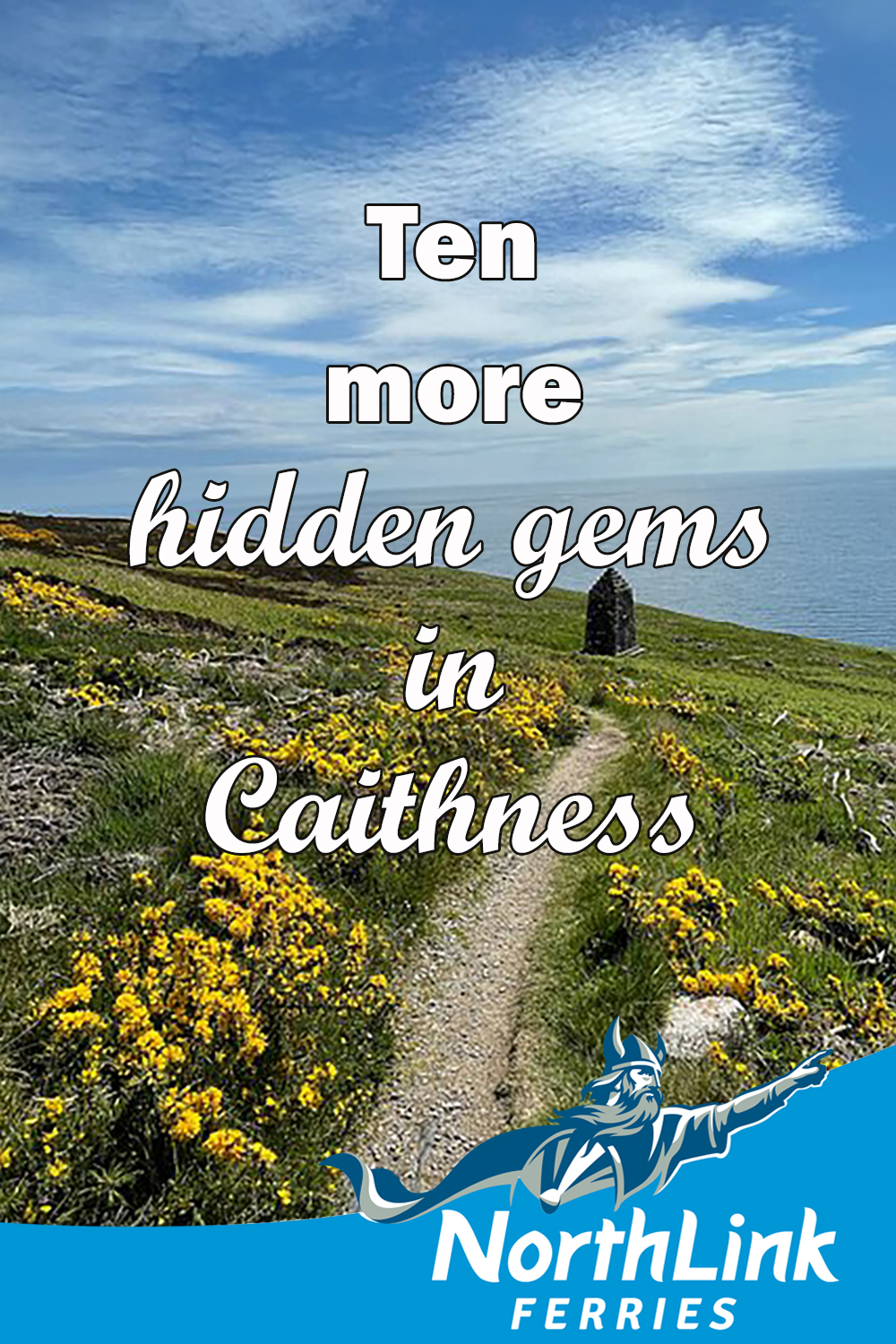Ten more hidden gems in Caithness
We have previously shared a list of some of the great places to visit in Caithness that don’t make the front cover of the tourist brochure! Here are ten more fantastic places to visit, that are a bit more unusual and less well known than Duncansby Head or the Castle and Gardens of Mey!
The Old Man of Wick (otherwise known as the Castle of Old Wick) is one of the oldest castles in Scotland – believed to have been first built by the Earl Harold of Caithness in the 1160s.
See also: Ten hidden gems in Caithness
1. Needle Eye Rock (Wick Sea Arch)
Caithness’ coastline is dotted with many spectacular natural wonders and is even the home of one of the most impressive, yet least well known, natural sea arches in the UK. Just 5 miles south of Wick, Needle Eye Rock (also known as Wick Sea Arch) towers almost 150 feet out of the North Sea. The arch is still connected to the mainland by a narrow rock promontory.
To reach Needle Eye Rock, there are coastal pathways that span all the way from Wick down to the abandoned Sarclet Harbour. No matter which direction you approach from, you are sure to be rewarded with a stunning view of this magnificent sea arch!
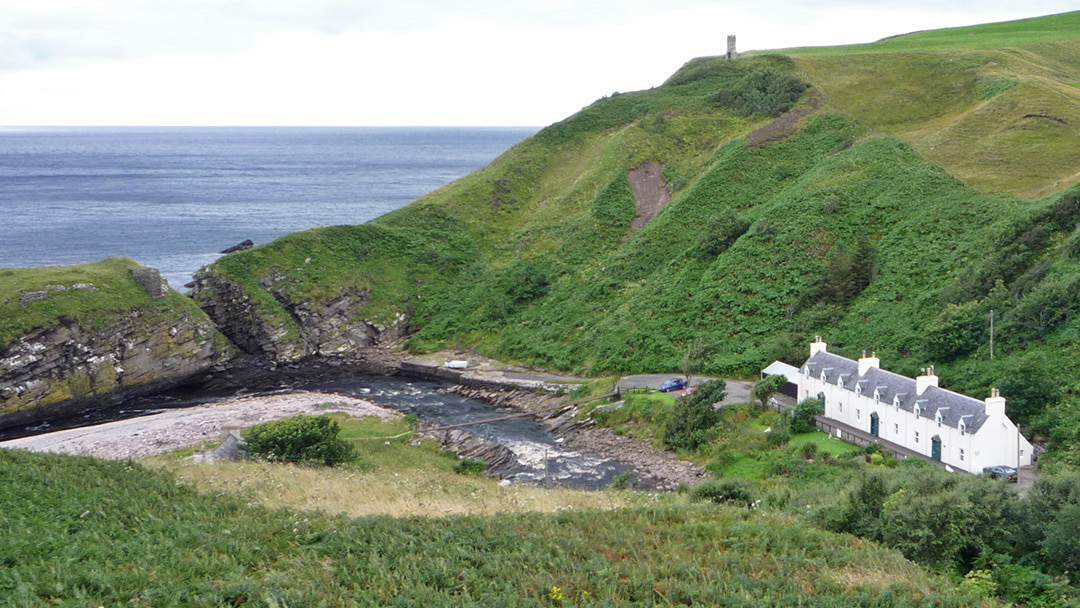
2. Berriedale Footbridge
Nestled on Caithness’ eastern coast is the small fishing village of Berriedale. Despite its size, the village is packed with history and fascinating sites including the hilltop ruins of Berriedale Castle – with first records of the Castle appearing in the 1300s – and Berridale Church.
However, one quirky feature within Berriedale is the suspension footbridge. This bouncy footbridge is the only way to cross over the Berridale Water and leads to a terrace of buildings which date back to around 1840. These buildings were once the village’s salmon fishing station which included four fisherman’s cottages, an ice-house, a storeroom and a bothy.
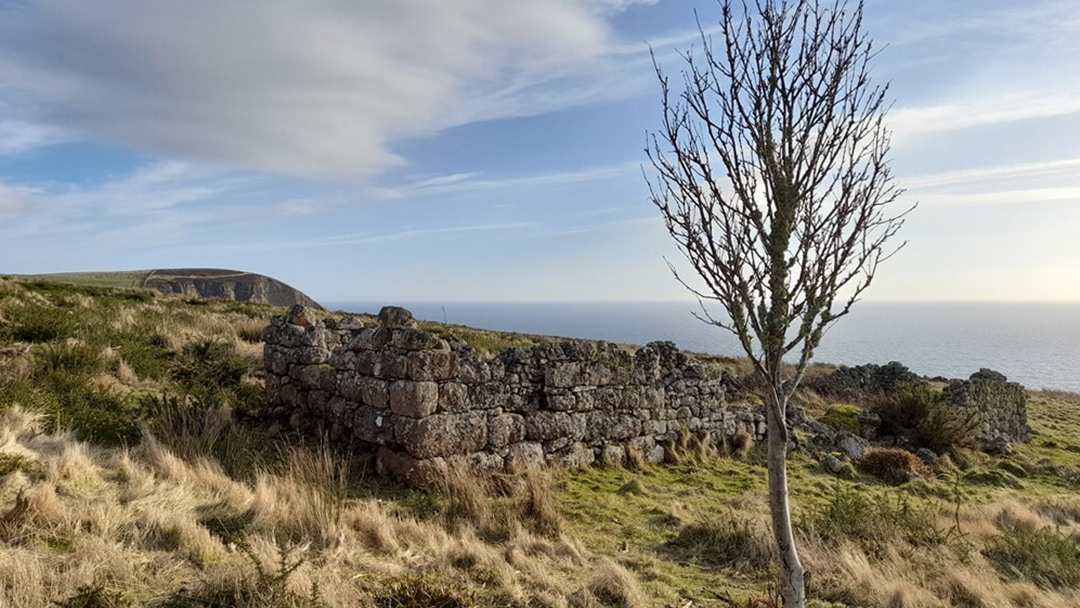
3. Badbea Clearance Village
Situated about 5 miles north of Helmsdale, Badbea Clearance Village is a beautiful, yet eerie, site of a now-abandoned clifftop settlement. The village was first inhabited in the late 1700s, but really grew as a result of the Highland Clearances in the early 1800s. The last resident left in 1911 and the settlement has fallen into decay ever since.
Today, visitors can wander freely amongst the ruins of scattered stone houses and crumbling walls, and visit the striking monument built by Donald Sutherland (the grandson of one of Badbea’s residents) to commemorate the hardships of the families who once lived here. Despite the area having wonderful views, the steep slopes, high cliffs, strong winds and poor ground of Badbea meant living here was very difficult.
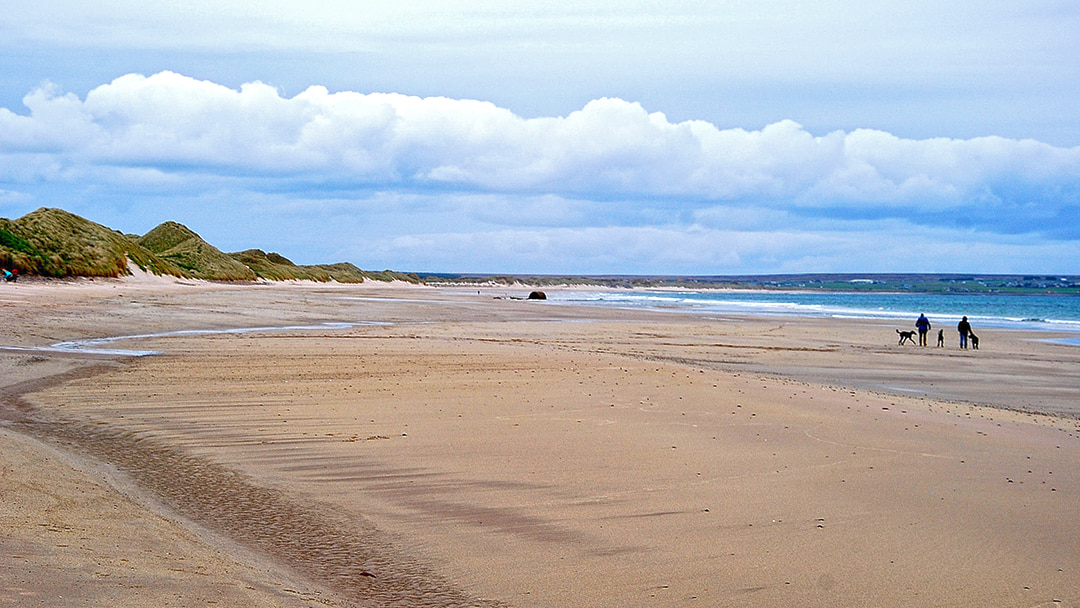
4. Reiss Sands
Just north of Wick at the southern end of Sinclair’s Bay lies the stunning Reiss Sands – a beautiful stretch of white sand with 16th century castles found at either end. This beach is popular amongst locals but is often overlooked by those visiting the area.
With high cliffs and sand dunes, Reiss Sands is quite sheltered from the wind making it a peaceful spot for a wander and for wildlife spotting; a variety of seabirds, seals and occasionally orcas can be seen here!
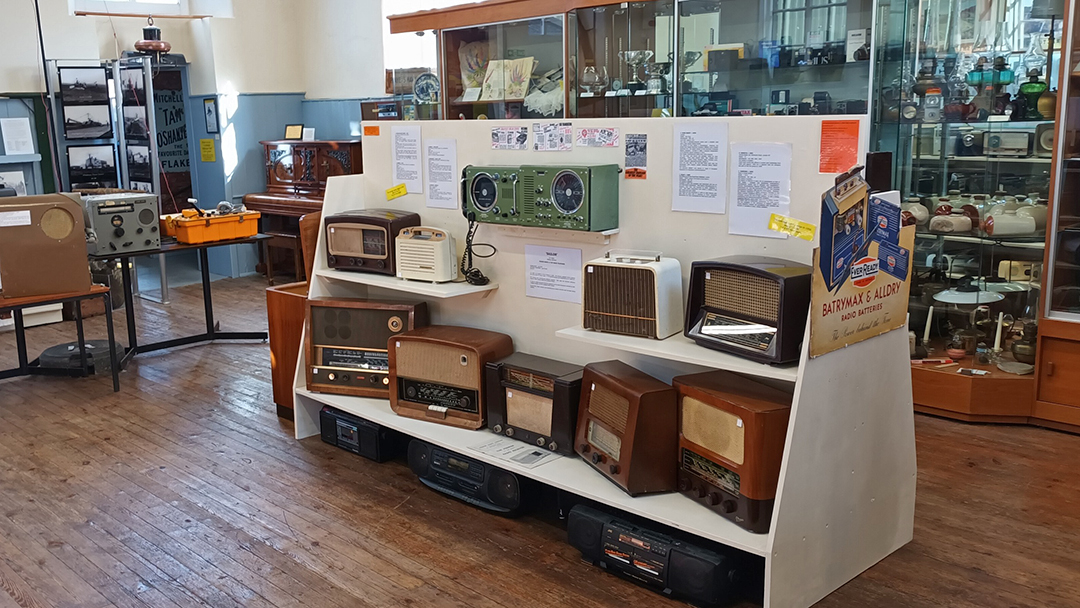
5. Halkirk Heritage and Vintage Motor Centre
The Halkirk Heritage and Vintage Motor Centre is the only collection of vintage and classic motors in the far north of Scotland and is well worth a visit! Visitors can see a superb display of vintage and classic cars, motorcycles and bicycles and have a hands-on experience as you can even sit in the cars!
In addition to their impressive motor exhibitions, the museum also shares a wealth of knowledge and artefacts about the social and local history of Caithness. There is an interesting and insightful area focused on Halkirk and the surrounding communities’ experiences during both World War 1 and World War 2.
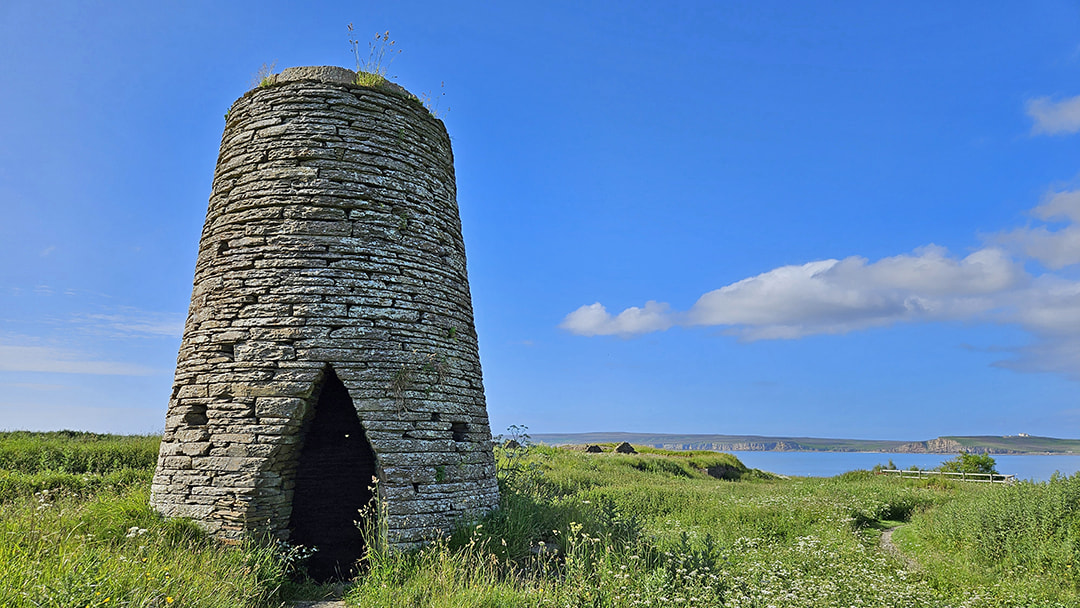
6. Windpump Tower
The Flagstone Heritage Trail celebrates the memory of the flagstone industry in Caithness and while fairly short, the pleasant stroll along the trail can be completed at any time and begins close to the Castletown Heritage Centre. Along the trail, you can view the old windpump tower – the most obvious surviving structure on the trail.
The purpose of the windpump tower was to pump water out of the quarry and into a nearby dam, until it was made redundant by a steam engine in the 1860s. The windpump tower is now a scheduled ancient monument and is a unique feature of the trail.
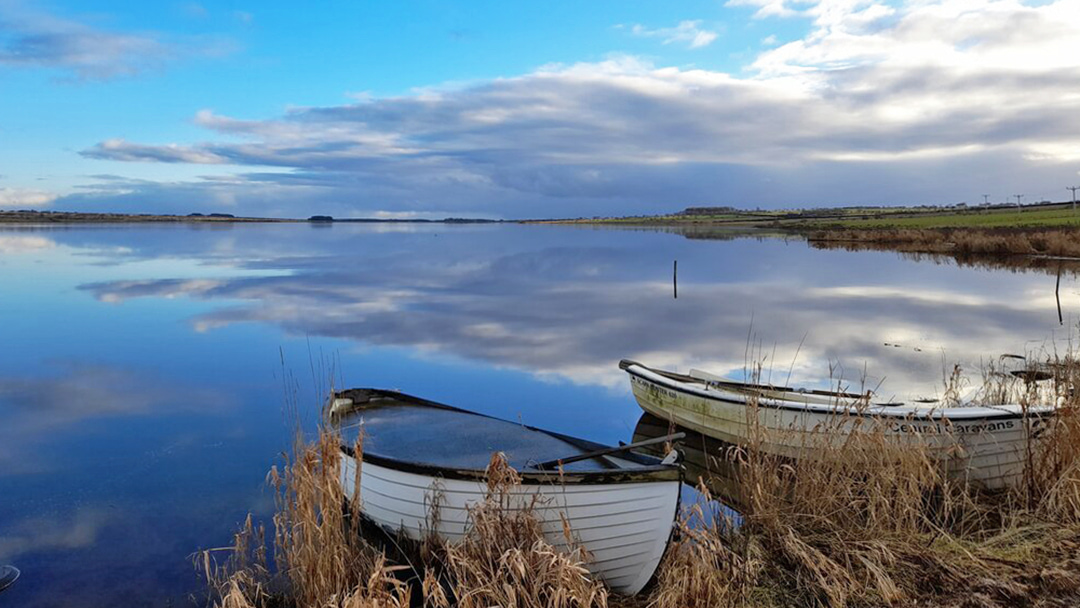
7. Loch Watten
Located just beside the village of Watten, which lies mid-way between Wick and Thurso, is Loch Watten – the largest body of water in Caithness. The name of both the village and loch is believed to have been derived from the Old Norse ‘Vatn’ meaning water or lake.
The beautiful waters of Loch Watten have been a hotspot for trout fishing for many years and attracts many fishermen from surrounding areas. The loch also home to a remarkable array of flora and wildlife such as mallards, wild geese and swans, granting it being a designated Special Area of Conservation.
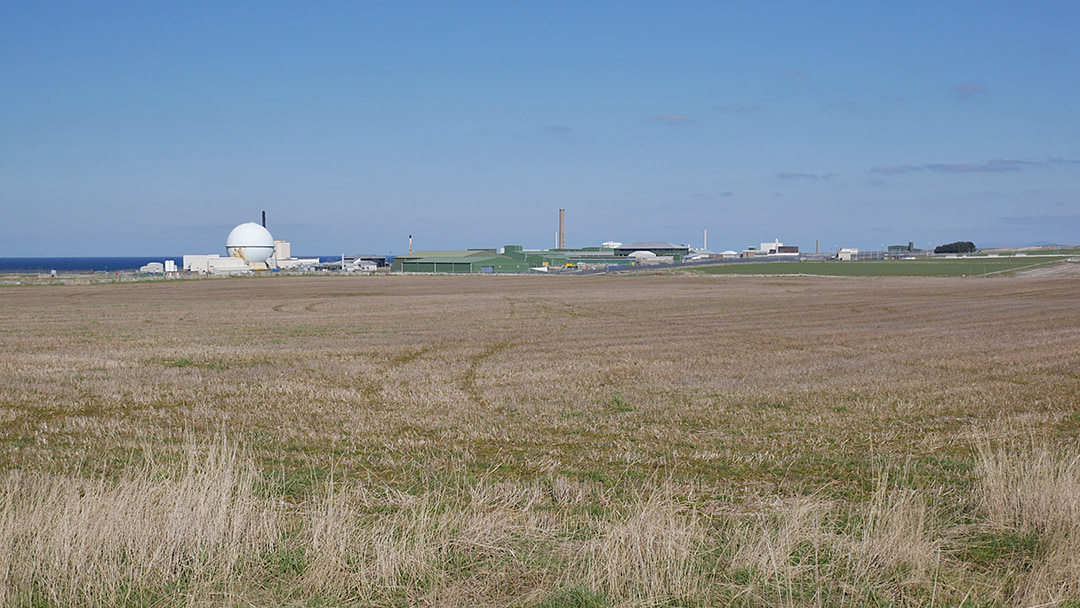
8. Dounreay Viewpoint
Dounreay is a small settlement found just west of Thurso, and from the 1950s to 1990s, this region was of great importance to nuclear energy as the Nuclear Power Development (NPDE) and Vulcan Naval Reactor Test Establishment (NRTE) were built here. Dounreay is home to the first fast reactor in the world to provide electricity to the national grid!
However by 1988, the UK government decided to cease the programme at Dounreay. Nowadays, the nuclear plant is in the process of being dismantled, and visitors can only view the site from a viewing platform a safe distance away. Here, there are many informative panels sharing details of the history of the site and how they are dismantling it.
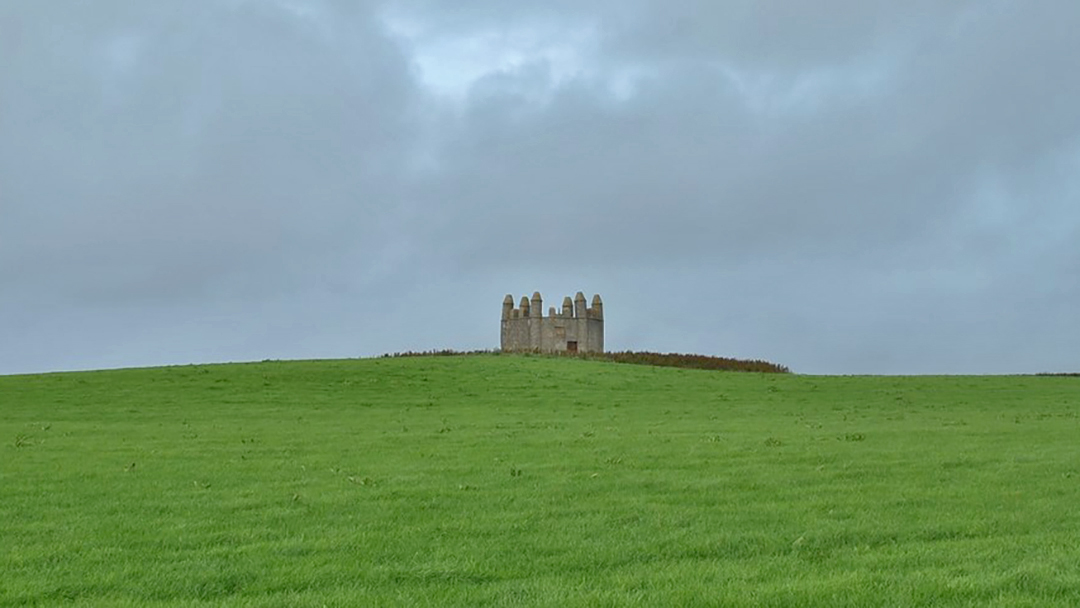
9. Harold’s Tower
Harold’s Tower is an unusual hexagonal structure which dates back to late 1700s and is the northernmost folly on the British mainland. The building has a turret at each corner, and it can be seen for many miles as it sits atop one of the highest points in the area, the Hill of Clairdon.
There was originally a chapel built here and it is believed to be the location of where Earl Harold of Caithness died in battle in 1190. Over time, the chapel had fallen into disrepair and so Sir John Sinclair of Ulbster built Harold’s Tower in its place, which now also serves as the burial place of the Sinclairs of Ulbster.
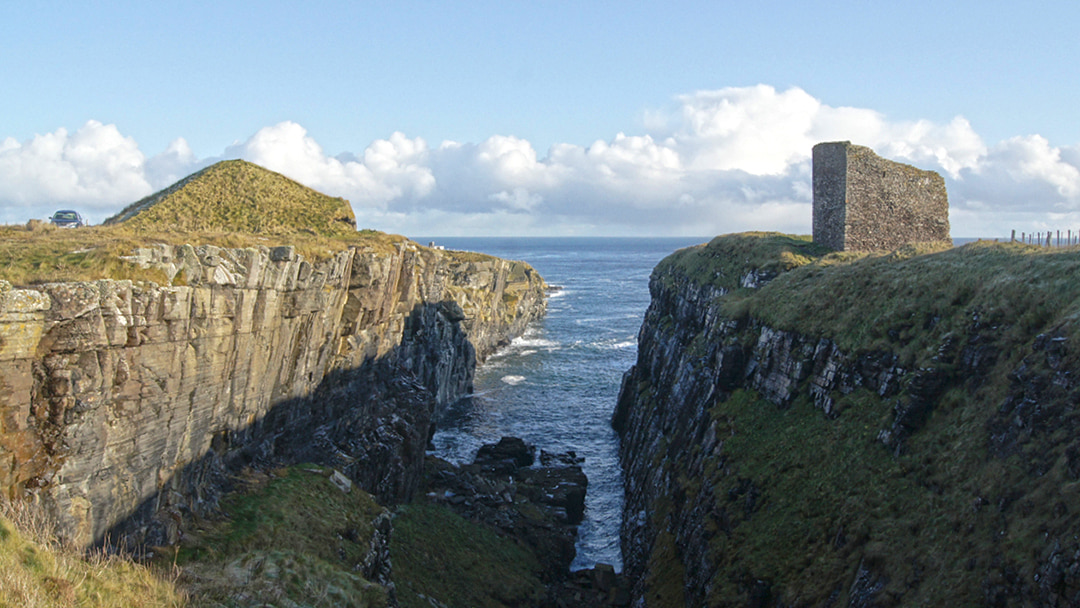
10. The Old Man of Wick
The Old Man of Wick (otherwise known as the Castle of Old Wick) is one of the oldest castles in Scotland, believed to have been first built by the Earl Harold of Caithness in the 1160s. The surviving ruins seen today were constructed at a later date in the 14th century and sits on top of a sheer-sided peninsula surrounded by deep geos on three sides.
The castle is located only a short walk away from the town of wick and can be reached by following coastal paths to the site, which takes in a lot of the area’s spectacular rugged scenery. An information board shares interesting details about the castle’s history and is well worth a visit if you are in the area.
 By Amy Leith
By Amy LeithBorn and raised in Aberdeen with an admiration for Orkney and Shetland, loves to travel and visit new places, enjoys cooking, always listening to music, spends a little too much time on TikTok.
Pin it!